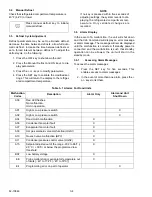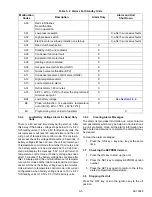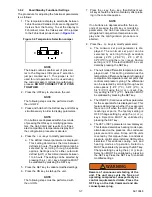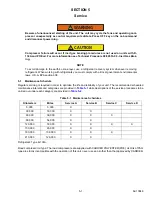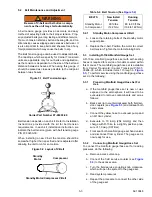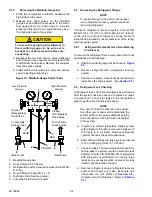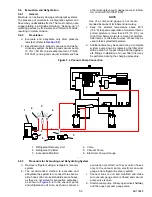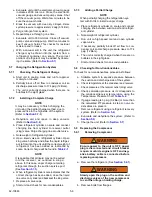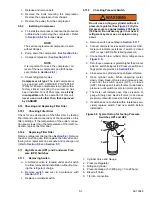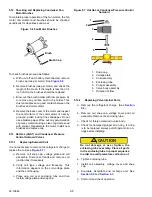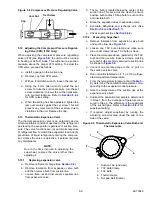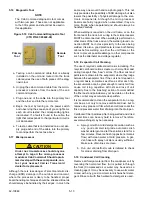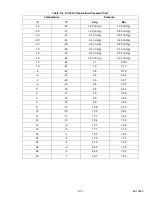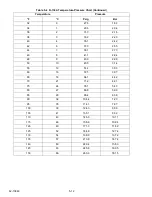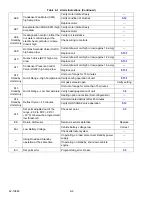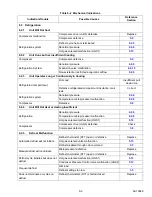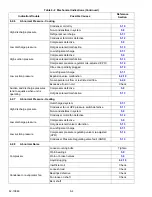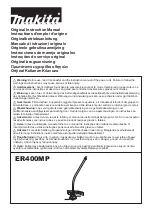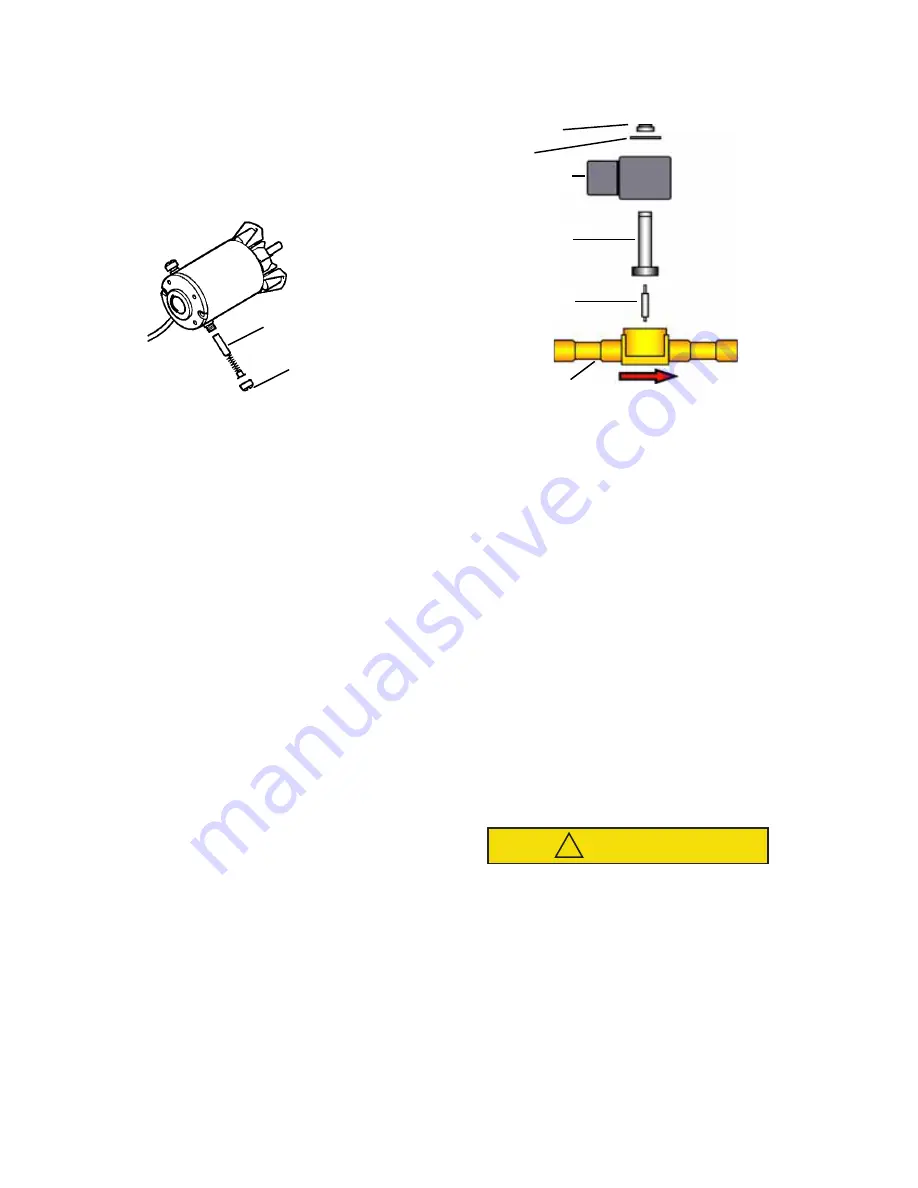
62-10848
5-8
5.12 Checking and Replacing Condenser Fan
Motor Brushes
To maintain proper operation of the fan motors, the fan
motor commutator and brushes should be checked
periodically for cleanliness and wear.
Figure 5.6 Fan Motor Brushes
To check brushes proceed as follows:
a. With unit off and battery disconnected, remove
brush cap (two per motor). See
b. Remove brushes (two per motor) and check the
length of the brush. If the length is less than 1/4
inch (6 mm) the brushes should be replaced.
c. Blow out the brush holder with low pressure air
to remove any carbon dust in the holder. This
dust could prevent a good contact between the
brushes and commutator.
d. Remove the back cover of the motor and inspect
the commutator. If the commutator is heavily
grooved, polish it using fine sandpaper. Do not
use abrasive paper. Wipe out any accumulation
of greasy material using a clean rag dampened
with solvent. Reassemble the motor. Install new
brushes and replace cap.
5.13 Hot Gas (HGS1) and Condenser Pressure
Control Solenoid Valves
5.13.1
Replacing Solenoid Coil
It is not necessary to remove the refrigerant charge to
replace the coil (see
).
a. Remove coil snap cap, voltage plate and coil
assembly. Disconnect leads and remove coil
junction box if necessary.
b. Verify coil type, voltage and frequency. This
information appears on the coil voltage plate
and the coil housing.
c. Place new coil over enclosing tube and then
install voltage plate and snap cap.
Figure 5.7 Hot Gas or Condenser Pressure Control
Solenoid
1. Snap cap
2. Voltage plate
3. Coil assembly
4. Enclosing tube
5. Plunger assembly
6. Valve body assembly
7. Direction of flow
- - - - -
5.13.2
Replacing Valve Internal Parts
a. Remove the refrigerant charge. (See
b. Remove coil snap cap, voltage cover and coil
assembly. Remove the enclosing tube.
c. Check for foreign material in valve body.
d. Check for damaged plunger and o-ring. If o-ring
is to be replaced, always put refrigerant oil on o-
rings before installing.
CAUTION
!
Do not damage or over tighten the
enclosing tube assembly. Place all parts
in the enclosing tube in proper sequence
in order to avoid premature coil burn-out.
e. Tighten enclosing tube.
f. Install coil assembly, voltage cover and snap
cap.
g. Evacuate, dehydrate and recharge unit. See
and
h. Start unit and check operation.
Brush
Brush Cap

